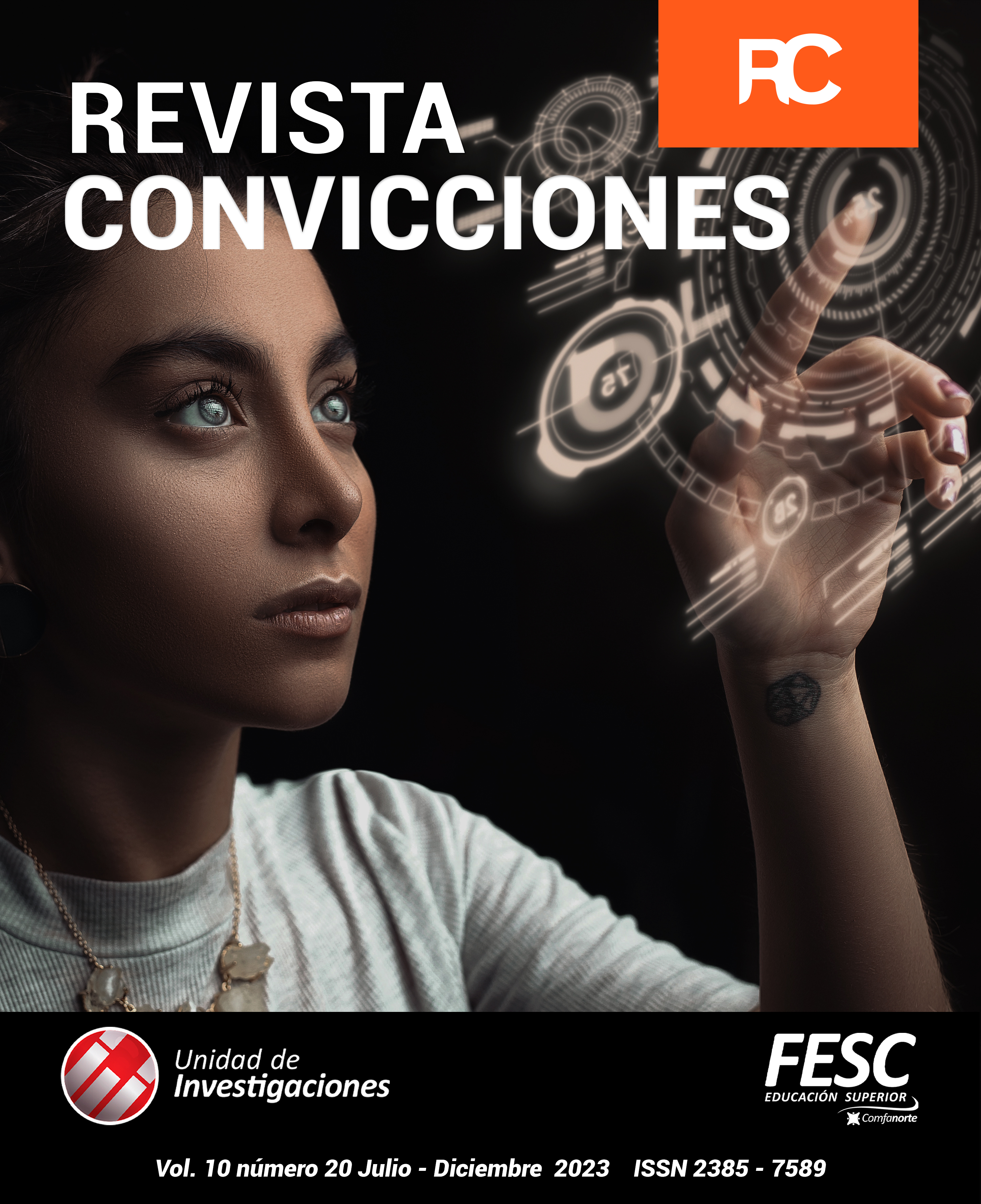Modelo de Inteligencia Artificial para la predicción del tiempo de vinculación de candidatos a la empresa Loyal Logística a partir de sus características sociodemográficas
Palabras clave:
Eficiencia, Inteligencia Artificial, Personal, Proceso de Selección, RotaciónResumen
El problema abordado en este proyecto se centra en la selección de personal dentro de las organizaciones, un proceso crucial gestionado por el área de recursos humanos para identificar al candidato ideal. Aunque fundamental, según Lazzari et al. (1999), no todas las empresas lo realizan eficientemente, lo que puede resultar en problemas como rotación de personal, reducción de productividad y un clima laboral deficiente.
El proyecto surge como respuesta a la necesidad de mejorar los procesos de selección de personal en la empresa Loyal Logística, que enfrenta una alta rotación, especialmente en roles como Auxiliares de Cargue y Descargue y Conductores. Se propone la implementación de un Modelo de Inteligencia Artificial que analice las características sociodemográficas de los candidatos y prediga eficientemente el tiempo de vinculación, con el objetivo de optimizar el proceso de selección.
El análisis de datos se destaca como una herramienta clave para mejorar los procesos de selección, reduciendo tiempos y trabajo manual. La utilización de Big Data durante el proceso puede llevar a una reducción de costes, evitando contrataciones erróneas y los consiguientes gastos asociados a la formación y a un segundo proceso de selección.
Los objetivos del proyecto incluyen la recopilación y limpieza de datos sociodemográficos, la identificación de variables relevantes y predictivas, y el entrenamiento de un modelo de Inteligencia Artificial. La justificación se basa en la importancia creciente del análisis de datos en recursos humanos, específicamente HR analytics, que busca explorar conceptos que resuelvan problemas organizacionales relacionados con el recurso humano.
En conclusión, el proyecto busca abordar la problemática de la alta rotación de personal en Loyal Logística mediante la implementación de un modelo predictivo basado en inteligencia artificial, aprovechando las características sociodemográficas de los candidatos para mejorar la eficiencia en el proceso de selección de personal.
Referencias
x
Descargas
Publicado
Número
Sección
Licencia

Esta obra está bajo una licencia internacional Creative Commons Atribución-NoComercial-CompartirIgual 4.0.

